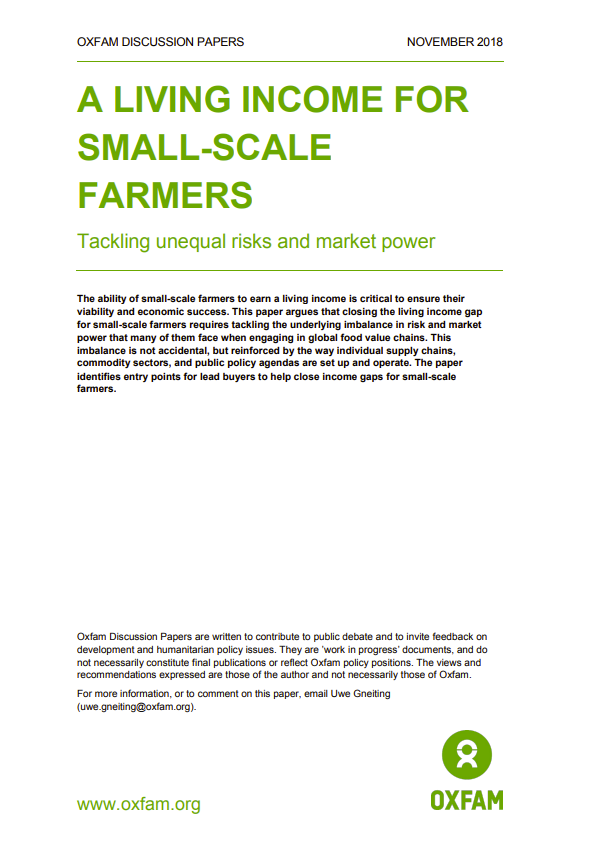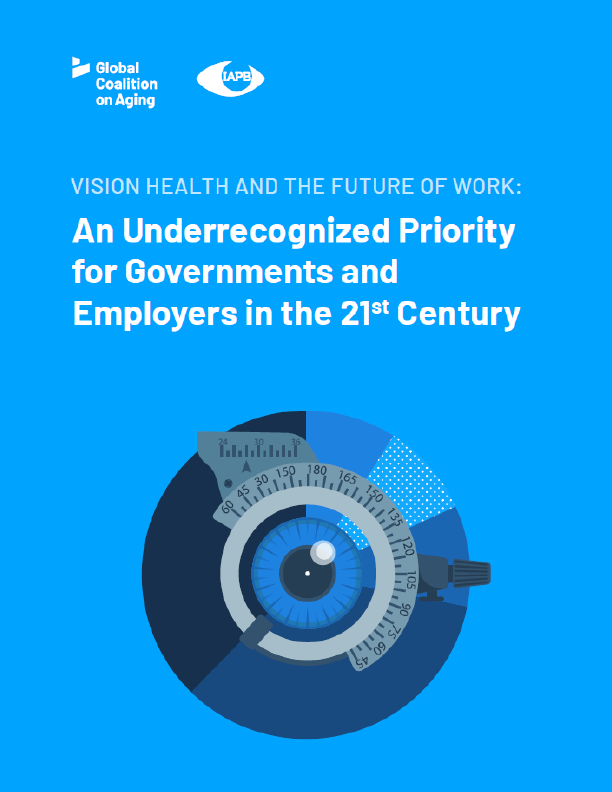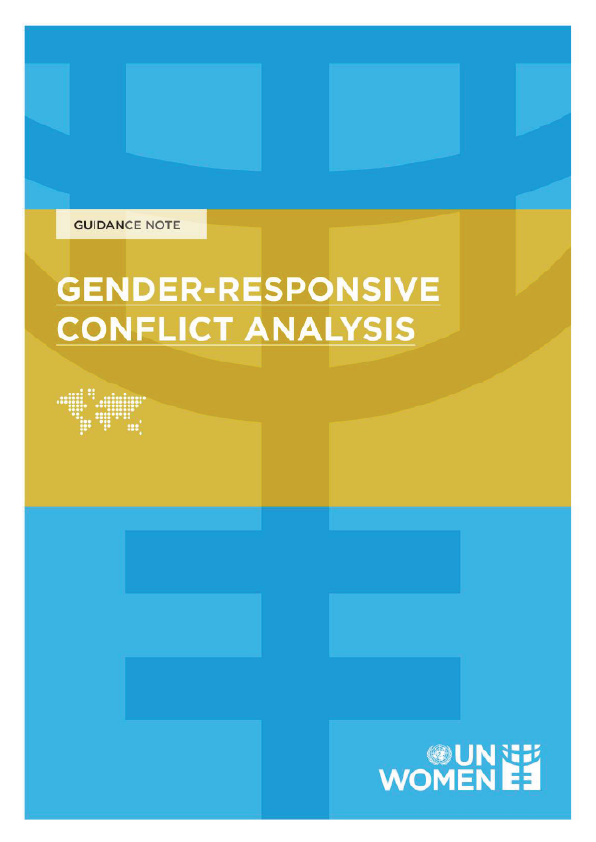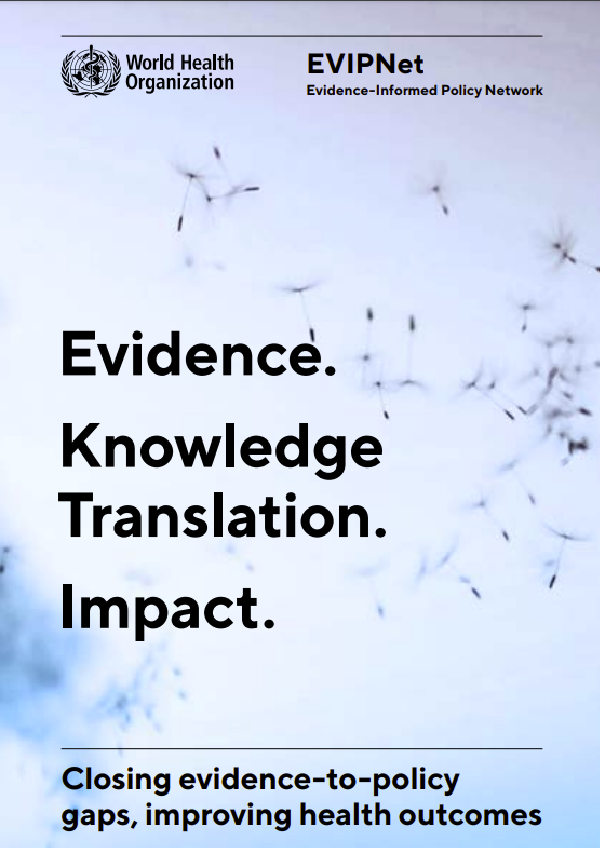The ability of small-scale farmers to earn a living income is critical to ensuring their viability and economic success. Small-scale farmers play a critical role in the global food system. Their success depends on having adequate resources to manage the risks of growing food crops, engaging with profitable and equitable markets, and a governance environment that supports small-scale farmers.
A smallholding or smallholder is a small farm operating under a small-scale agriculture model. Definitions vary widely for what constitutes a smallholder or small-scale farm, including factors such as size, food production technique or technology, involvement of family in labor, and economic impact. Smallholdings are usually farms supporting a single family with a mixture of cash crops and subsistence farming.
This paper argues that at the core of the living income challenge for small-scale farmers lies a significant imbalance between the risks of agriculture shouldered by farmers and their power to shape their own market participation. This imbalance is not accidental but reinforced by structural barriers at the level of individual supply chains, commodity sectors, and national public policy agendas. Based on the framework of risk, power, and structural barriers, this paper offers input for discussions and interventions that aim to close income gaps for small-scale farmers participating in global food value chains.
Disproportionate risk can represent a key deterrent for farmers to invest in their farms to try and grow their incomes. Small-scale farmers in particular are limited in their capacity to ensure predictable conditions and to buffer against potential shocks. The risks that these farmers face are diverse, and include issues related to price, inputs, climate, and land.
Unequal market power is the second key barrier that prevents small-scale farmers from enhancing their incomes. The proliferation of global value chains has come with significant power asymmetries between global buyers and local farmers, thus restricting farmers’ ability to reliably access profitable markets, effectively bargain with their trading partners, and diversify and upgrade their income-earning activities. By engaging in markets on more equal footing, small-scale farmers could play a more active role in fulfilling their economic potential.
Underlying the inequality in risks and market power are structural barriers that disadvantage small-scale farmers. At the level of the supply chain, inequities in risk and power are manifested in the captive relationships between a large and fragmented group of farmers and a concentrated group of buyers in many commodity sectors.
At the level of the commodity sector, the income prospects of farmers are significantly shaped by the way that decisions on how commodity production and trade are set up and coordinated (e.g. in terms of pricing and quality) are made collectively by powerful actors (traders, buyers, governments); often with little consideration of farmer preferences.
At the level of public policy, the imbalance between risk and market power faced by smallscale farmers is reinforced by a diverse set of policy areas ranging from land rights to access to inputs, market infrastructure, export policies, taxation, and investment.
Women farmers face gender-specific income barriers, including restricted access to resources and services and discriminatory social norms. At the same time, however, women farmers represent a key investment for raising farmer incomes, given their expanding role in global agriculture. This is especially true for women who are divorced or widowed or who are responsible for their farms when other family members are working elsewhere.
Entry points for overcoming these income barriers exist, and global buyers have a responsibility to address their contributions to farmers’ income challenges under the UN Guiding Principles on Business and Human Rights. Their incentives to do so are to ensure a future supply of commodities for their final products and to build sustainable production models and global reach.











